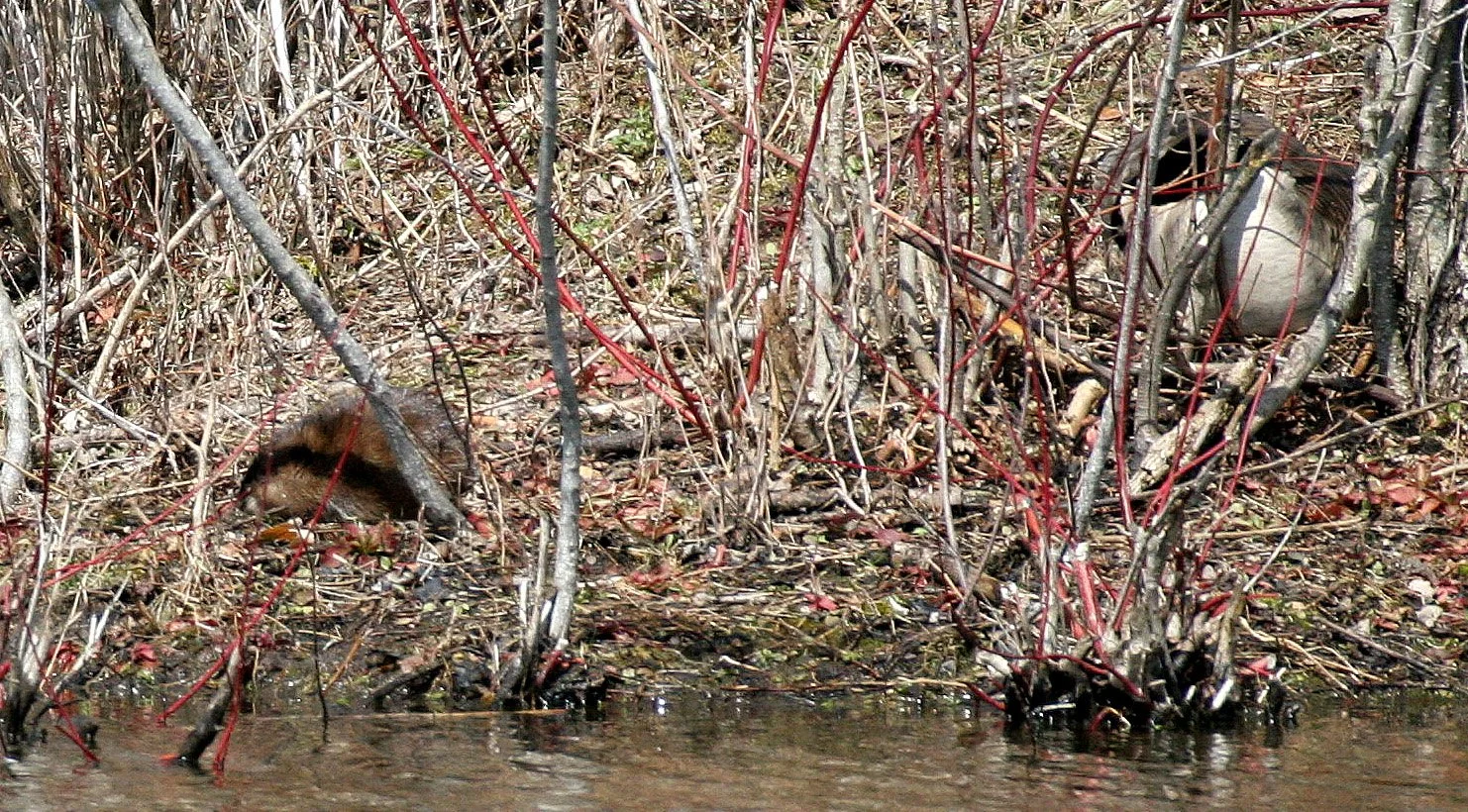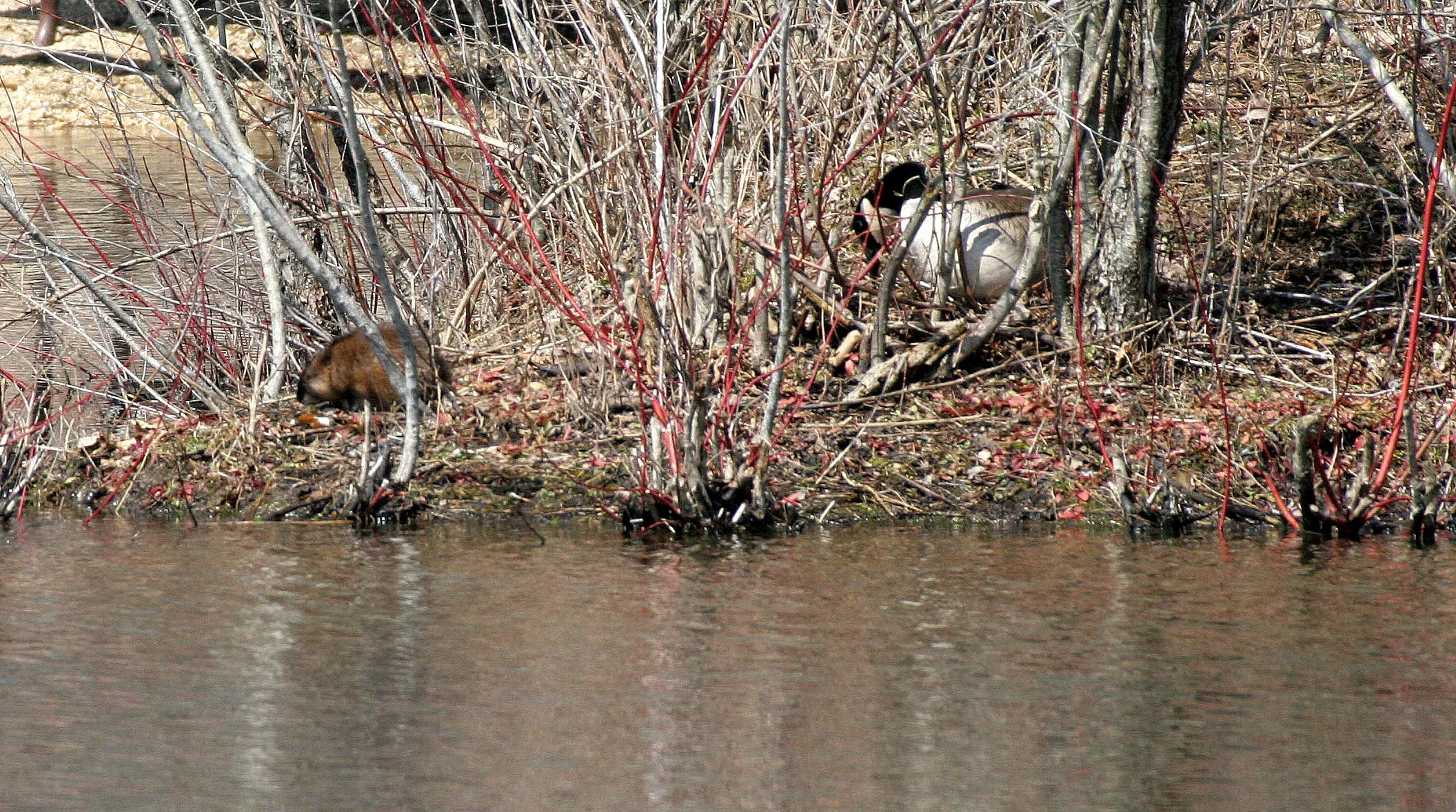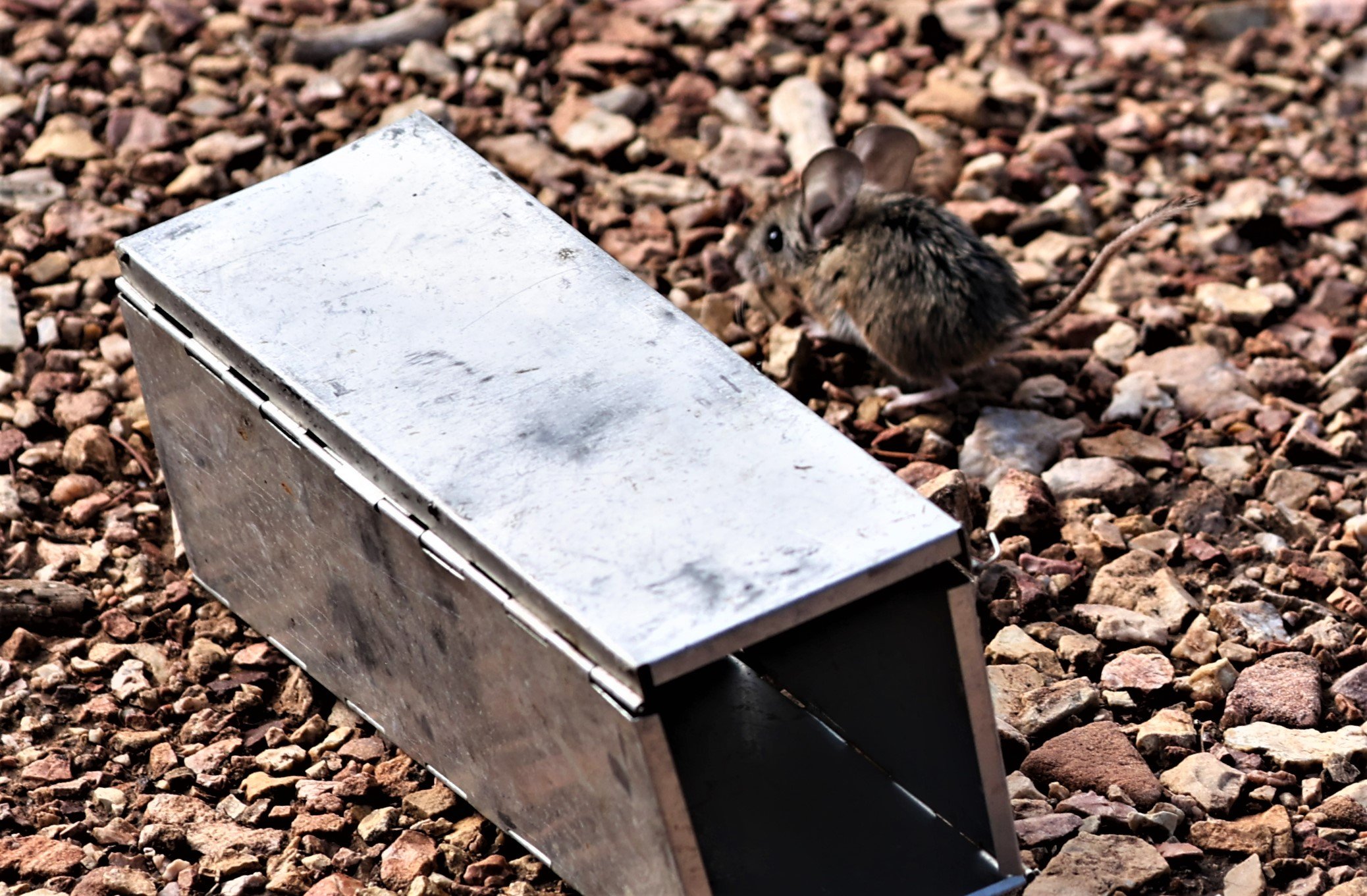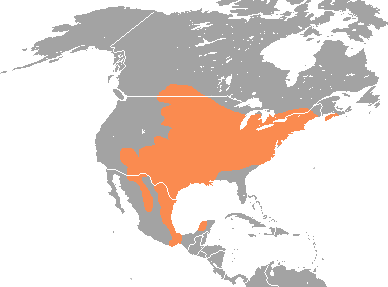
Family Cricetidae, Voles, Lemmings, Muskrat & Neotominae the New World Rats

The Cricetidae are a family of rodents in the large and complex superfamily Muroidea. It includes true hamsters, voles, lemmings, muskrats, and New World rats and mice. At almost 608 species, it is the second-largest family of mammals, and has members throughout the Americas, Europe and Asia.
The cricetids thus currently include one fossil and five extant subfamilies, with about 112 living genera and 580 species:
Arvicolinae — voles, lemmings, muskrat
Cricetinae — hamsters
Neotominae — North American rats and mice, including deer mice, pack rats, and grasshopper mice
Sigmodontinae — New World rats and mice, predominantly South American, such as brucies
Tylomyinae — New World climbing rats and relatives
In this gallery:
Norway Lemming (Lemmus lemmus)
Creeping Vole (Microtus oregoni)
Muskrat (Ondatra zibethicus) -
Keen’s or Northwestern Deer Mouse (Peromyscus keeni)
White-footed Deer Mouse (Peromyscus leucopus)
Western Deer Mouse (Peromyscus maniculatus)
Pinyon Mouse (Peromyscus truei)
The muskrat (Ondatra zibethicus) is a medium-sized semiaquatic rodent native to North America and an introduced species in parts of Europe, Asia, and South America. The muskrat is found in wetlands over a wide range of climates and habitats. It has important effects on the ecology of wetlands, and is a resource of food and fur for humans.
Adult muskrats weigh 0.6–2 kg (1.3–4.4 lb), with a body length of 20–35 cm (8–10 in). They are covered with short, thick fur of medium to dark brown color. Their long tails, covered with scales rather than hair, are their main means of propulsion. Muskrats spend most of their time in the water and can swim under water for 12 to 17 minutes. They live in families, consisting of a male and female pair and their young. To protect themselves from the cold and from predators, they build nests that are often burrowed into the bank with an underwater entrance. Muskrats feed mostly on cattail and other aquatic vegetation but also eat small animals.
Ondatra zibethicus is the only species in the genus Ondatra and tribe Ondatrini. It is the largest species in the subfamily Arvicolinae, which includes 142 other species of rodents, mostly voles and lemmings. Muskrats are referred to as "rats" in a general sense because they are medium-sized rodents with an adaptable lifestyle and an omnivorous diet. They are not, however, members of the genus Rattus. They are not closely related to beavers, with which they share habitat and general appearance.
Muskrats are found over most of Canada and the United States and a small part of northern Mexico. They were introduced to Europe in the beginning of the 20th century and have become an invasive species in northwestern Europe. They mostly inhabit wetlands, areas in or near saline and freshwater wetlands, rivers, lakes, or ponds. They are not found in Florida, where the round-tailed muskrat, or Florida water rat (Neofiber alleni), fills their ecological niche.
Their populations naturally cycle; in areas where they become abundant, they are capable of removing much of the vegetation in wetlands. They are thought to play a major role in determining the vegetation of prairie wetlands in particular. They also selectively remove preferred plant species, thereby changing the abundance of plant species in many kinds of wetlands.[2] Species commonly eaten include cattail and yellow water lily. Alligators are thought to be an important natural predator, and the absence of muskrats from Florida may in part be the result of alligator predation.
While much wetland habitat has been eliminated due to human activity, new muskrat habitat has been created by the construction of canals or irrigation channels (e.g., acequias), and the muskrat remains common and widespread. They are able to live alongside streams which contain the sulfurous water that drains away from coal mines. Fish and frogs perish in such streams, yet muskrats may thrive and occupy the wetlands. Muskrats also benefit from human persecution of some of their predators.
The muskrat is classed as a "prohibited new organism" under New Zealand's Hazardous Substances and New Organisms Act 1996, preventing it from being imported into the country.
The trematode Metorchis conjunctus can also infect muskrats.
In Europe, the muskrat has been included in the list of invasive alien species of Union concern (the Union list) since August 2, 2017.[21] This implies that this species cannot be imported, bred, transported, commercialized, or intentionally released into the environment in the whole of the European Union.
Muskrat (Ondatra zibethicus) - seen commonly in much of the USA, but rarely photographed and usually poorly





Norway Lemming (Lemmus lemmus) - Dovrefjeld Norway - common on the tundra (See my page for this species)








Creeping Vole (Microtus oregoni) - Common in the Lake Farm acreage in Washington State, Olympic Peninsula (see my page dedicated to this species)













Subfamily Neotominae
The Neotominae are a subfamily of the family Cricetidae. They consist of four tribes, 16 genera, and many species of New World rats and mice, predominantly found in North America. Among them are the well-known deer mice, white-footed mice, packrats, and grasshopper mice.
The northwestern deer mouse or Keen's mouse (Peromyscus keeni) is a species of rodent in the family Cricetidae. It is found in British Columbia in Canada and in Alaska and Washington in the United States. It was named after the Rev. John Henry Keen in 1894.
Keen’s or Northwestern Deer Mouse (Peromyscus keeni) - Common at the Lake Farm Home










The White-footed Mouse (Peromyscus leucopus) is a rodent native to North America from Ontario, Quebec, Labrador, and the Maritime Provinces (excluding the island of Newfoundland) to the southwestern United States and Mexico. In the Maritimes, its only location is a disjunct population in southern Nova Scotia. It is also known as the woodmouse, particularly in Texas.
White-footed Deer Mouse (Peromyscus leucopus) - Suburban Chicago




Peromyscus maniculatus is a rodent native to eastern North America. It is most commonly called the eastern deer mouse; when formerly grouped with the western deer mouse (P. sonoriensis), it was referred to as the North American deermouse and is fairly widespread across most of North America east of the Mississippi River, with the major exception being the lowland southeastern United States.
Like other Peromyscus species, it can be a vector and carrier of emerging infectious diseases such as hantaviruses and Lyme disease.
It is closely related to Peromyscus leucopus, the white-footed mouse.
Western Deer Mouse (Peromyscus maniculatus) - common in Western USA

















The pinyon mouse (Peromyscus truei) is native to the southwestern United States and Baja California in Mexico. These medium-sized mice are often distinguished by their relatively large ears. The range of this species extends from southern Oregon and Wyoming in the north, and extends south to roughly the U.S.-Mexico border, with a disjunct population known as the Palo Duro mouse (Peromyscus truei comanche) that occupies an area in the vicinity of Palo Duro Canyon in the Texas panhandle.
The fur of pinyon mice varies in color from a pale yellowish brown to a brownish black color, and their feet are a lighter color, varying between dusky and white. They are similar in appearance to the white-footed mouse (P. leucopus), but there are a few distinguishing differences. P. truei tends to have larger ears, as large or larger than the hind foot. They also have a larger tail with a more heavily-furred tip. The skull of P. truei is larger than that of P. leucopus, with more inflated auditory bullae and a less robust zygomatic arch than the latter species.
P. truei can be found in a variety of habitats. Although they prefer rocky slopes and pinyon-juniper woodland, they are also found in desert, forest, and grassy plains. They tend to have a larger home range than other Peromyscus, up to 2.9 hectares (7.2 acres) in males, which can possibly be attributed to requiring a large area to search for food in drought conditions. They are flexible in habitat and elevation and are able to adjust to varying climate conditions.
Pinyon Mouse (Peromyscus truei) - Kaibab Plateau Arizona








